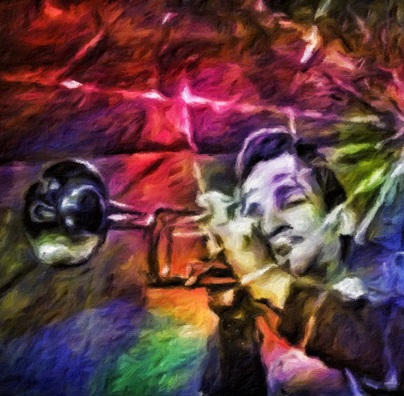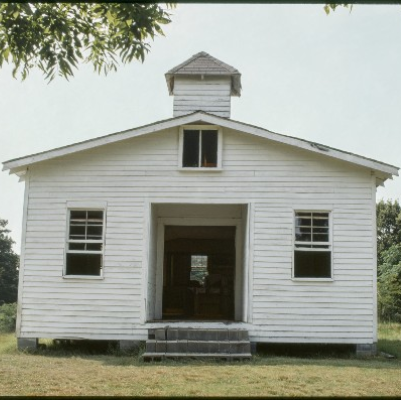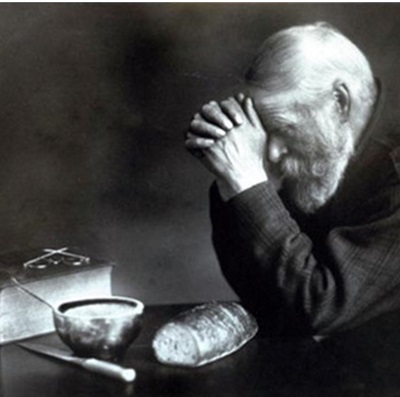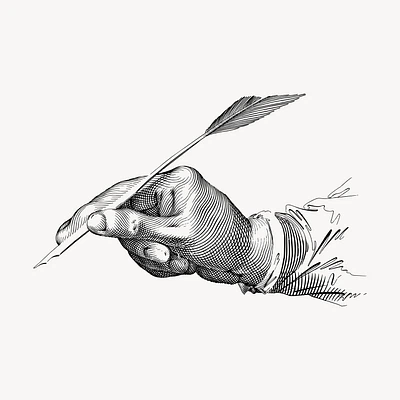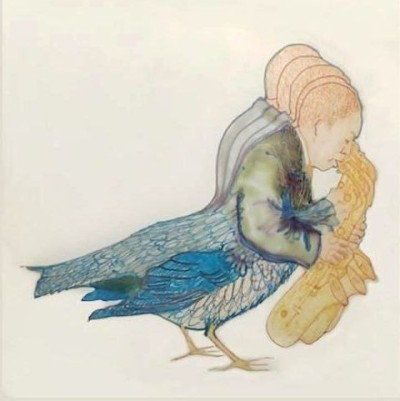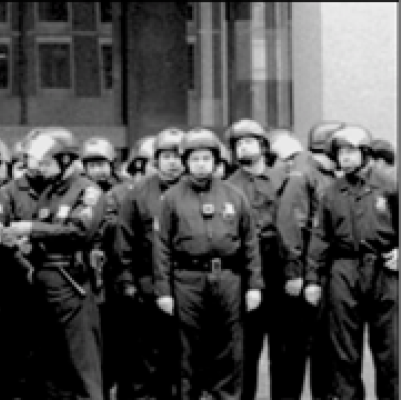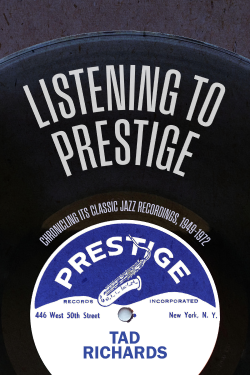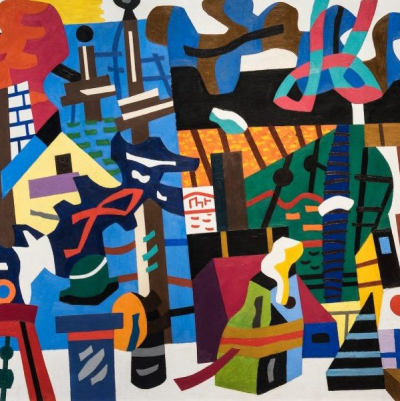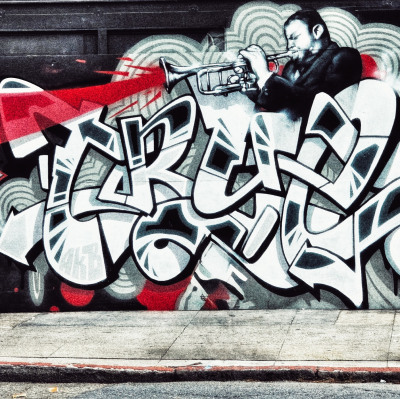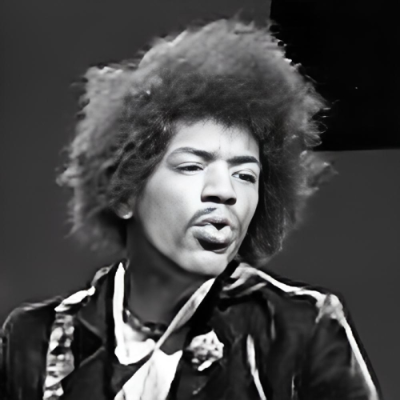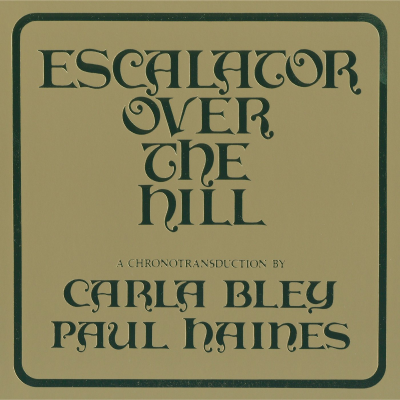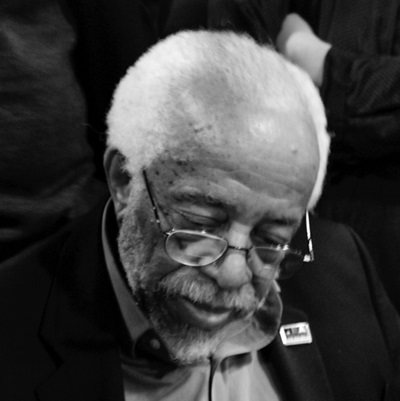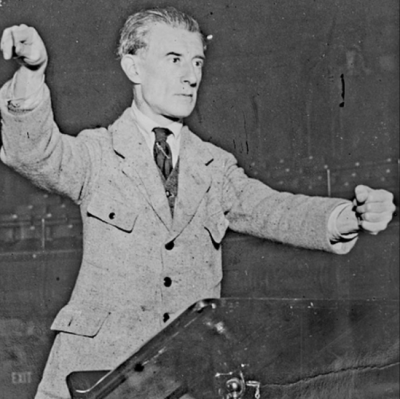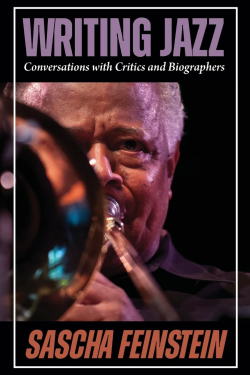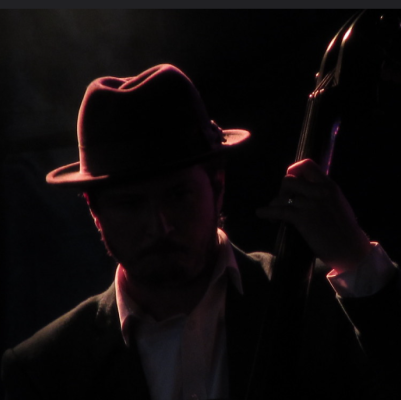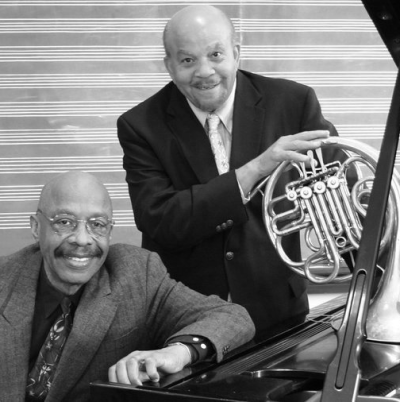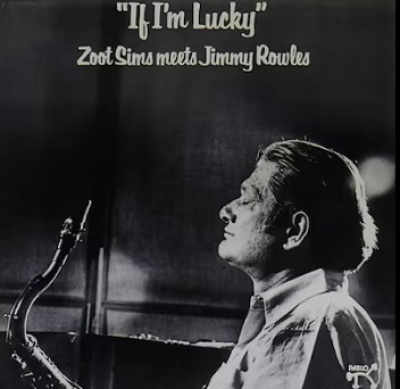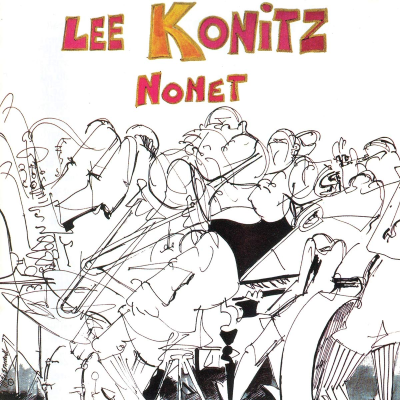.
.
“Steven and Mira: Paris May 1968 ” was a finalist in our recently concluded 68th Short Fiction Contest, and is published with the consent of the author.
.
.
___
.
.
photo by Joe Maita
.
Steven and Mira: Paris May 1968
by Steven P. Unger
.
…..Steven loved cafés. Or at least the idea of cafés. He’d never been to one; the closest he’d come to that was ordering black coffee and taking it to his table at the Student Union in Ann Arbor. But now he was in Europe, with a few hundred bucks in travelers checques to last until he bought a ticket back to the States at some big-city bucket shop in time for senior registration. In the plastic pockets of his spiral notebook was a curated, or perhaps obsessive collection of Xeroxed pages from a century of books and articles, all of them about cafés, about Paris and the poets, writers, and painters who’d lived there, if only for a while.
…..He’d been dropped off in Paris at dawn near Notre Dame by a produce truck driver, having hitchhiked from Luxembourg City after a $99 Icelandic Airlines flight from Detroit. He crossed the Seine to follow cotton-coated women en route to Les Halles, the fresh-food market for the entire city. The women carried empty sacks that soon would be filled with wrapped-up fish or a fresh-killed chicken, or vegetables and ripe fruit from Provence. Steven ordered a grand café noir at a long zinc stand-up counter with a lively group of poultry men well into their second bottles of red wine. With hearty “au ‘voirs,” they went off to tend their chicken stalls at the sound of the opening bell.
…..I’m in Paris! Steven thought as he watched the women and here and there some likely chefs from the finest restaurants, everyone looking for the perfect product at the perfect price in the morning chill. The stalls with their myriad smells stretched out all around him, southward almost to the banks of the Seine. Some of the vendors had megaphones, their amplified voices cancelling each other out in the hubbub of the crowd.
…..No past, no future matters, he told himself. Glance into the world just as though time were gone: and everything crooked will become straight to you. Thus had Nietzsche spoken . . .
…..A poster on the cloth wall of a newsstand near the café advertised the opening of the new Club La Bohême at the north end of rue d’Odessa that night, promising “Hot American Blues straight from Augusta, Georgia,” and, even better, no cover charge. Consulting his Paris Atlas, Steven saw that the number 91 bus was a perfect run from Bastille, near the Place des Vosges, to Montparnasse, near rue d’Odessa. And it ran until midnight, even Sundays and holidays.
…..Hmm, rue d’Odessa, thought Steven. He remembered the street being mentioned in Sartre’s short story Erostratus, the prescient tale of Paul Hilbert, who planned to become famous by shooting six random people on the Paris streets (he doesn’t).
…..Maybe I’ll get lucky tonight and meet someone at the club, Steven mused as he recognized Miles Davis’ “Freddie Freeloader” being played softly on the kiosk proprietor’s radio. Who knows what I might find, whom I might find, at the Club La Bohême on rue d’Odessa tonight? But Steven knew, from books anyway, that nothing would be really jumping anywhere in Paris until very late in the evening.
…..And late in the evening, the ladies might not be so choosy. When he looked in the mirror, Steven saw a gangling, socially inept twenty-one year old, with brown curly hair that bozo’d out at the sides as it grew and a nose that listed slightly to the left on its way down to shadow the top of a thick handlebar mustache that straddled his wedge-shaped chin. He wore well-worn jeans and a slightly oversized sweater, hoping his casual American style would blend in with Parisian fashion.
…..Still, girls liked him well enough. They saw someone different, apparently, preferring to dwell on their own perceived flaws when they looked in the mirror themselves. It all worked out.
…..He hadn’t slept much on the night-long truck ride from Luxembourg City, but he and his backpack could wait another day before finding a place to stay. He could nap on park benches in the sun and perk himself up with espresso in some of the most famous cafés in the world. Eventually he would make his way to the St.-Germain-des-Prés station, near Les Deux Magots and the Café de la Mairie, two café must-sees. From the Café de la Mairie it was a twenty-minute walk to Club La Bohême.
…..Several naps amid beautiful park surroundings later, it was early evening. The sidewalks of Place Saint-Germain des Prés and the tables at Les Deux Magots were crowded, the latter lit only slightly by scattered bare bulbs hung from the awnings.
…..Steven decided to park himself and his backpack at Les Deux Magots for a while. It was chilly again and everyone seemed to be chattering at once. Steven ordered a chocolat chaud, said to be the best in Paris.
…..“You are American?” asked the male half of an attractive young couple at a table next to him. He asked in a friendly way, so Steven replied in kind.
…..“I imagine my backpack gives me away.”
…..A waiter placed the man’s companion’s croque monsieur on the table. The open-faced sandwich, a grilled slice of French country bread topped with a beer-and-grated-Gruyère sauce and a thick slice of ham, looked and smelled perfectly prepared. Steven realized he was extremely hungry.
…..“Je voudrais un aussi, s’il vous plaît,” he told the waiter. “Your croque monsieur looks very good,” he told the woman. “My name is Steven, by the way.”
…..“I am Milanda.” She looked down at her croque monsieur as if she were planning to draw it from memory in the future. “Vou matar quem ‘tá me matando. That means, I’m going to kill what’s killing me. We say this in Bahia before we eat.”
…..Milanda moved with a confident grace. Her long, dark hair cascaded in loose waves, partially hiding her deep-set, heavy-lidded eyes and full lips that curved into a thoughtful smile. Her skin was the dark brown color of a cafuza, her lineage tracing back to Amazonian Indians and imported African slaves. She wore a flowing, patterned sundress that danced around her knees, paired with simple sandals, perfectly capturing the easy elegance of a young woman comfortable in her own skin.
…..“We are Brazilian,” explained her tablemate. “My name is João.”
…..João was slender at the waist with broad shoulders. He had a light, wiry beard, tanned white skin and a serious expression. He was dressed in casual but tasteful clothing—a tailored button-up shirt tucked into well-fitted trousers—giving him an air of understated sophistication and a background of wealth..
…..“I know you have a military dictatorship now in Brazil,” said Steven.
…..“It’s worse than you know,” answered João. “‘Everyone is free,’ the Junta says to the press, ‘but controlled.’ But there’s no freedom in my country, only control.
…..“A few weeks ago, on March 28th, I was with some other students in Rio de Janeiro in front of the Calabouço Restaurant to protest against the high prices of basic food items. Around 6:00 pm, the military police arrived and dispersed the protesters who were in front of the building. Some of us students took refuge inside the restaurant, and others started throwing stones and bricks at the cops.
…..“The police retreated. The street was deserted. We thought it was all over. When the police returned, they broke into the restaurant. We watched in horror as the commander of the military police, Aloísio Raposo, shot and killed an eighteen-year-old student, Edson Luís, with a point-blank shot into his chest.
…..“We refused to let the police take Edson Luís’ body. We knew his body would just be thrown into a heap with the bodies of other political prisoners they’d tortured to death. We carried his corpse through the streets, hundreds of us, waving Luis’ bloody shirt in the air, right to the General Assembly, where we held a funeral service for him.
…..I knew the secret police would be looking for me next. They wouldn’t bother my family—my father has connections—but I knew I had to leave the country right away. There would be photographs of me at the General Assembly, and sooner or later they would torture some poor friend of mine until he said we’d plotted together to kill the President, or something like that.
…..“So here we are, me and Milanda, political refugees without papers to stay here, or at least that’s what I am, but there’s enough money from my family for us to live a quiet paperless life here in Paris until it’s safe to go back. Whenever that might be. But I worry that France may become as bad as Brazil. I hope not.
…..“Anyway, we have a concert to go to—Serge Gainsbourg, you know?”
…..“Of course,” answered Steven. He had an affair with Brigitte Bardot.”
…..“Well, that was last year,” Milanda told Steven, as they said their au ‘voirs.
.
* * *
.
THE CAFÉ DE LA MAIRIE
The streets sing, the stones talk. The houses drip history, glory, romance.
—Henry Miller, Hôtel St-Germain-des-Prés, 1930
…..In A Moveable Feast, Hemingway’s posthumously published memoir of his life in Paris in the 1920s, Hemingway looks out from the Café de la Mairie toward Place St-Sulpice, the “quiet square with pigeons perched on the statues of the bishops.” (Hemingway lived nearby at number 6 Rue Férou, the same street where Athos resides in The Three Musketeers.) In Tropic of Cancer, the perennially hungry Henry Miller cursed the same pigeons for making his crumbs “disappear like magic.” Sartre and Simone de Beauvoir were there together; Samuel Beckett and Camus came there often. Saul Bellow wrote that he never went to the Deux-Magots or Flore, only to the café on this quiet, beautiful square.
…..Steven looked up from his notes, to “watch the street live,” as Emile Zola had advised. Across the street from his sidewalk table at the Café de la Mairie, the bright facade of the Church of St-Sulpice lit the dark square around it.
…..No, there is nothing better than having a cappuccino at the Café de la Mairie, thought Steven, served by its amiable staff, as the pigeons perch on the heads of the statues of the bishops in the square of St-Sulpice.
.
* * *
.
…..By midnight Steven was on the sidelines of the Club La Bohême’s dance floor waiting for the band. At last they came onto the plasticene stage, the singers wearing green vests and backed in a Wilson Pickett cover by a Memphis line of silver tenor saxes and guitars played behind-the-back-Jimi Hendrix style.
…..The audience was a motley mix. There were billowy-haired art students who—the men anyway—had already taken their pants off after their second drink; guffawing sailors; khaki-suited businessmen; Twiggy lookalikes; and close to him there was a large group of West African immigrants, scarified and Dashiki-clad, the men crowded together doing a kind of swooping box-step line dance, the women dancing with each other in couples. When a single African man approached two of the women, they ignored him. The man turned to look at Steven as if in wonderment that they could prefer each other’s company to his, and shrugged his shoulders.
…..“Chacon à son goût.” (“There’s no accounting for taste.”), Steven told him.
…..A woman about his age seated at a nearby table with what seemed to be a multinational group of students flashed him a smile. She was tall and thin, with dark, heavy-lidded eyes that casually inspected him above a narrow nose, full lips, resolute chin. Her straight black hair fell split-ended in front of wide Groucho eyebrows and behind a white throat that could have been stretched by neck rings. Her clothes—black pants, jacket, and boots; purple suspenders over a man’s white dress shirt unbuttoned at the collar and the button below that, sleeves rolled halfway up her forearms—the small curves of her breasts beneath her shirt; and her pale, makeup-less face, all gave her an androgynous look. Yet there was a vulnerable quality, too, something challenging and defensive and ultimately feminine and desirable.
…..He walked over immediately, partly because he really needed to sit down. The one who had smiled at him handed him a drink. Her companions were French and German students attending the Sorbonne as she was, the German women comfortably composed in their chairs with legs held together, drinking their wine slowly if at all.
…..“You are American?” one of the German women asked him during the break. “You must come to Germany,” she said imperiously.
…..“I absolutely intend to,” said Steven. He knew there was no need to answer her question. Everyone pegged him as an American. A warmonger, even.
…..“In Heidelberg where I live, there is an excellent course at the university in Marxism-Leninism,” she said. “You are a Communist, no?”
…..“Tous les étudiants français sont bolsheviste.” (“All of the French students are Bolsheviks.”), said a well-dressed, middle-aged man at the next table, apparently engaged in cross-cultural eavesdropping.
…..“No, I’m not a Communist,” said Steven. “I’m not anything.”
…..“I’m American, too,” said the woman who had smiled at him. “My name is Mira.”
…..“I’m Steven.”
…..“Don’t mind my friend. She’s very concerned about the political situation here. And she thinks every young American male should be studying Marxism instead of going to Vietnam.”
…..“I guess my draft board could still call me up after graduation, but I’m pretty sure after my physical I’ll be way low on the list, down there with, I don’t know, the hunchbacks and the imbeciles.”
…..“A hunchback with an I.Q. of 55 or so, that somehow intrigues me,” said Mira.
…..“I could be that for you. Where would we go on our first date?”
…..“Why, Notre Dame, of course!”
…..They talked and danced for hours, until long after their tablemates left and the waiter stopped taking their orders.
…..Steven and Mira left the Club La Bohême at last with undigested Pernod and beer twisting in their bellies, eyes red from the stale, smoke-filled air of the club, their bodies yearning for sleep. Outside, it was cloud-speckled and dewy; shopkeepers were sweeping the weekend debris from their half-shuttered storefronts to the gutters of rue d’Odessa with practiced strokes. It could have been any ordinary Monday morning.
…..It was less than a two-mile walk to Mira’s tiny apartment on rue St. Julien le Pauvre, right by Shakespeare and Company, where they could drink a little off-the-shelf wine and sleep through the rest of the day. Mira wouldn’t be going to her classes, since the Sorbonne had closed indefinitely on Thursday, May 2nd, only the second time that had happened in seven hundred years.
…..They could have taken the métro instead—they should have, because the streets weren’t safe. All over Europe and especially in Paris, revolution was in the air. But they were young and feeling invulnerable, and the police riot on Friday night had been an aberration, the newspapers said—a bit of an overreaction to a protest by a couple hundred radicals like Danny the Red and his “commie pals” from Nanterre. Besides, the great majority of students wanted the Sorbonne to re-open, and of course it would re-open soon, and then everything would return to normal.
…..Still, they couldn’t bring themselves to take the métro. Hungover and exhausted as Steven and Mira were, they were in Paris and falling in love, and any moment they could spend walking its streets and boulevards instead of being propelled underground through the dismal entrails of the city was a moment they could savor, a moment they could fix in their minds to remember forever: this is what we did together in Paris when the world was ours.
…..They turned left on the boul’ Mich—the boulevard Saint Michel; they could hear the protesters shouting as they reached the Jardin du Luxembourg, thousands of them chanting “À bas la répression!” (“Down with repression!”) and “Libérez nos camarades!” (“Free our comrades!”). The line of protesters stretched the width of the boul’ Mich from Montparnasse to the Sorbonne. The students seemed happy and purposeful, and since Steven and Mira were going that way anyway, they joined in, caught up in the enthusiasm of the crowd.
…..The couple’s intention was to turn left on rue St. Jacques from boulevard St. Germain, while the protesters’ intention was to head straight into the Sorbonne, but soon no one could go anywhere. Once the front of the crowd reached the corner they were set upon by a huge cordon of the Campanies Républicaines de Sécurité—de Gaulle’s brutal Republican Guard—who waded into the packed-in students, bringing truncheons down on their heads without provocation.
…..Steven and Mira stood terrified in the middle of the street, watching shock troops chasing and clubbing fleeing demonstrators, who were running toward the couple from the front of the line just as marchers in back kept moving unsuspectingly forward, like eager paraders at some springtime pageant. Everywhere in front of them was blood and screaming, while singing and questioning shouts sounded from behind. They had nowhere to turn, nowhere to run.
…..They were being squeezed in, tighter and tighter as the marchers became trapped and panicky: Steven could feel the heat of their bodies and pressure against his ribs. They were wedged into an undulating, amoeboid mass as Steven reached out his arms in a curve to form a protective circle around Mira. “Breathe,” he told her. “Don’t fall. For God’s sake, Mira, stay on your feet!”
…..One very tall student who could see both ahead and behind him started yelling: “Allez vers l’arrière!” (“Move back!”), and slowly, blindly, people did, in a desperate act of self-preservation to keep from being crushed or trampled to death.
…..Forced back with the crowd onto the boulevard St. Germain, Steven and Mira slipped into a narrow alcove in front of a closed store entrance as the troops pushed past them. Backs against the gated doorway, they watched as clean-shaven men—still dressed incongruously in the sport coat and tie of the student class—began overturning cars to form barricades, pulling up metal sewer grates and paving stones along the boulevard and hurling them at the troops, aiming for the cops’ heads but mostly hitting their shields. The Guard retaliated with tear gas and waded into the choking demonstrators again, gas masks obliterating their faces so there was nothing human left of them to see—they were just black-leather shapes enveloped by the acrid smell of blood; dark forms appearing and then disappearing back into the whitish clouds that spouted from tear gas canisters.
…..Coughing, tears streaming from their inflamed eyes, Steven and Mira crawled and ducked and threaded their way along the edge of the crowd to somehow break through the crush and chaos at the intersection of the boul’ Mich and boulevard St. Germain to the sanctuary of rue Dante and finally, Mira’s apartment. They closed the windows and stuffed wet towels under the door to block out the smell of drifting tear gas fumes and the howls of police sirens, then sat down shaking on the couch, still crying but now from shock and anger instead of the tear gas.
…..Things seemed to calm down until Friday night, when all hell broke loose again. Once more the sirens’ wails and the smell of tear gas filled their neighborhood: it was hard to tell if the students’ screams they heard were coming over Radio Luxembourg or penetrating through their closed windows.
…..Early Saturday morning, Steven and Mira walked down the boul’ Mich, keeping just ahead of army trucks full of soldiers sent to clean things up as if nothing had ever happened, as if the Guard hadn’t clubbed and beaten weaponless men and pregnant women the night before until the flesh was torn from their bones.
…..The boul’ Mich and the Sorbonne campus looked like a war zone: three-foot-high cobblestone barricades had been set up in front of higher barricades of burnt-out cars topped with scrap lumber, metal traffic-sign posts, and trash cans. The streets were spattered with blood, littered with stones, broken glass, and empty tear gas canisters. On every wall of the university buildings there were posters of Marx, Lenin, Mao, Trotsky, Castro, or Che Guevara. Everywhere they walked the air was permeated with the lingering smell of tear gas and of piles of garbage that hadn’t been picked up for weeks.
…..“I keep thinking about a story my friend Lynn told me about the Detroit riots last summer,” Steven told Mira as they leaned against a graffitied column in front of the Lycée Saint-Louis. More graffiti on the bracing pillars supported the Vietcong; the solid-black flag of the Anarchists had been nailed across the doors.
…..“I’ve known Lynn since we were in fourth grade, and she’s not given to exaggeration, so I know it’s all true. Anyway, the riots had already started around 12th Street in Detroit and were widening out from there, but her manager sent her downtown to drive her Good Humor truck around anyway. He was old-school Good Humor, you know, came up through the ranks when there were only Good Humor men—white men—in perfectly starched white uniforms and hat, and a contrasting black spit-polished military-looking Sam Browne belt with a shoulder strap over the right shoulder and a black bow tie. He’d learned to tip his hat to the ladies and salute the menfolk, and if he said ‘Good Humor Ice Cream’ instead of ‘Ice Cream Good Humor’ he could’ve been fired. So with that history he wasn’t gonna cut his drivers any slack over a little riot downtown.
…..“Lynn was driving along and wasn’t about to stop—there’s smoke everywhere and she sees a tank coming toward her almost taking up the street, and she knows it’s serious this time. She drove around the tank and saw a group of guys coming out of a warehouse wearing fur coats—in July . . . just think how surreal, to be driving your goddamn ice cream truck and the whole city’s on fire and the National Guard is taking over. Anyway she drove back with the jingle playing on the loudspeakers as she approached the truck barn, and found some excuse that satisfied her manager so she could take the truck out again.”
…..“There’s a difference here in France, though,” said Mira. “There’s millions of ordinary workers on strike, supporting the students against the government. That never happens at home. And this isn’t just an inner-city uprising either; it’s the whole Left Bank against the Right Bank, the workers and students against a minority of wealthy and powerful oppressors.”
…..For the next two weeks, Paris was a city besieged. Bank withdrawals were limited to five hundred francs; gasoline supplies were drying up; and by Monday, May 20th, no cross-channel ferries were in operation and tourists were lining up for evacuation buses to Brussels, Geneva, and Barcelona.
…..For Steven and Mira though, there was only the enchantment of the moments. The schools were still closed, and there was nothing to do but sleep late and wake to make love with the light streaming in through the window to rest on their bodies, “Light My Fire” on the record player; nothing to do but buy bread at the bakery and cheese at the cheese store and meat at the butcher shop in the afternoon, the proprietors always saluting their exit with “Au ‘voir m’sieur-dame, merci.”
…..In the evening after a candlelit supper and wine at home, they walked through the dazzling bright city, past the performing bears on rue de la Gaité and the sex workers of Pigalle; and late at night, perhaps after dancing at a local club, they strolled along the concrete banks of the Seine, following the gently receding reflections of the moon and the street lights and of the bobbing, brightly lit bateaux mouches, all rippling in the river’s dark westward flow.
…..By Wednesday the 22nd more than nine million workers were on strike—even the undertakers! (It was not a good time to die, according to the newspapers.) On Friday night protesters ransacked and set fire to the Paris stock exchange. De Gaulle by now had left the country for secret discussions with General Massu, commander of the French troops stationed in West Germany, to discuss military intervention. Troops were being sighted on the outskirts of Paris; tanks were on the ring road surrounding the city.
…..Then De Gaulle came on TV to threaten tougher measures against the “agitators,” dissolve the Assembly, and promise elections within forty days—the carrot and the stick—and it worked. By June 4th most of the strikes were over. On June 6th, Steven and Mira were beginning their day as usual in the bright afternoon when they saw the headlines at a newspaper kiosk: Bobby Kennedy was dead.
…..Somehow that changed everything for both of them. There was something horrible happening back home, back in America where they both would have to return, Steven much sooner than Mira. There was no convincing scenario in which they wound up staying together. It was all just fantasy, and reality was unspeakable.
…..There was nowhere to go. It was all falling apart, everywhere at once. It was only two months since Martin Luther King, Jr. had been killed.
…..They kissed before he boarded his train at the Gare de Lyon. He would only ride it out beyond the city limits, then try his luck hitchhiking on the AutoRoute heading south to Marseilles and his first sight of the Mediterranean.
…..“We’ll always have Paris,” said Steven.
…..“We’ll only have Paris, Bogie-man,” answered Mira. Then she sang:
…..“J’ te donne rendez-vous,
…..A la gare de Lyon,
…..Sous le grand horloge,
…..Près du portillon,
…..Nous prendrons le train,
…..Pour Capri la belle,
…..Pour Capri la belle,
…..Avant la saison . . .
…..” ‘We’ll meet, at the Lyon station, under the great clock, next to the ticket window, we’ll take the train, for beautiful Capri, for beautiful Capri, before the season.’ It’s a song by Barbara.”
…..“Streisand?”
…..“No, just Barbara, the French singer.”
…..“Well, anyway . . .”
…..“You’d better get on the train.”
…..“Yes, well then, Au ‘voir mademoiselle, merci.”
…..That wasn’t enough.
…..“Can you give me your address, Mira?” asked Steven. “I’ll write to you. Soon.”
…..Soon, thought Steven, as his train began to rumble south.
.
.
___
.
.

Steven P. Unger published three books in three years: In the Footsteps of Dracula: A Personal Journey and Travel Guide in 2010 (World Audience Publishers); Before the Paparazzi, 50 Years of Extraordinary Photographs in 2011 (World Audience, Inc.); and Dancing in the Streets in 2012 (Anaphora Literary Press). In September 2011, flaier.net ranked “In the Footsteps of Dracula” ahead of the Lonely Planet and National Geographic Traveler guides in its “The Best Romania & Moldova Travel Guides.” Black as Hell, Strong as Death, and Sweet as Love: A Coffee Travel Guide, was published by Robert D. Reed Publishers in January 2025.
.
.
___
.
.
Click here to help support the continuing publication of Jerry Jazz Musician, and to keep it ad and commercial-free (thank you!)
.
Click here to read “Saharan Blues on the Seine,” Aishatu Ado’s winning story in the 68th Jerry Jazz Musician Short Fiction Contest
Click here to read more short fiction published on Jerry Jazz Musician
Click here to read The Sunday Poem
Click here for information about how to submit your poetry or short fiction
Click here for details about the upcoming 69th Jerry Jazz Musician Short Fiction Contest
Click here to subscribe to the Jerry Jazz Musician quarterly newsletter (it’s free)
.
.
.
___
.
.
Jerry Jazz Musician…human produced since 1999
.
.
.






